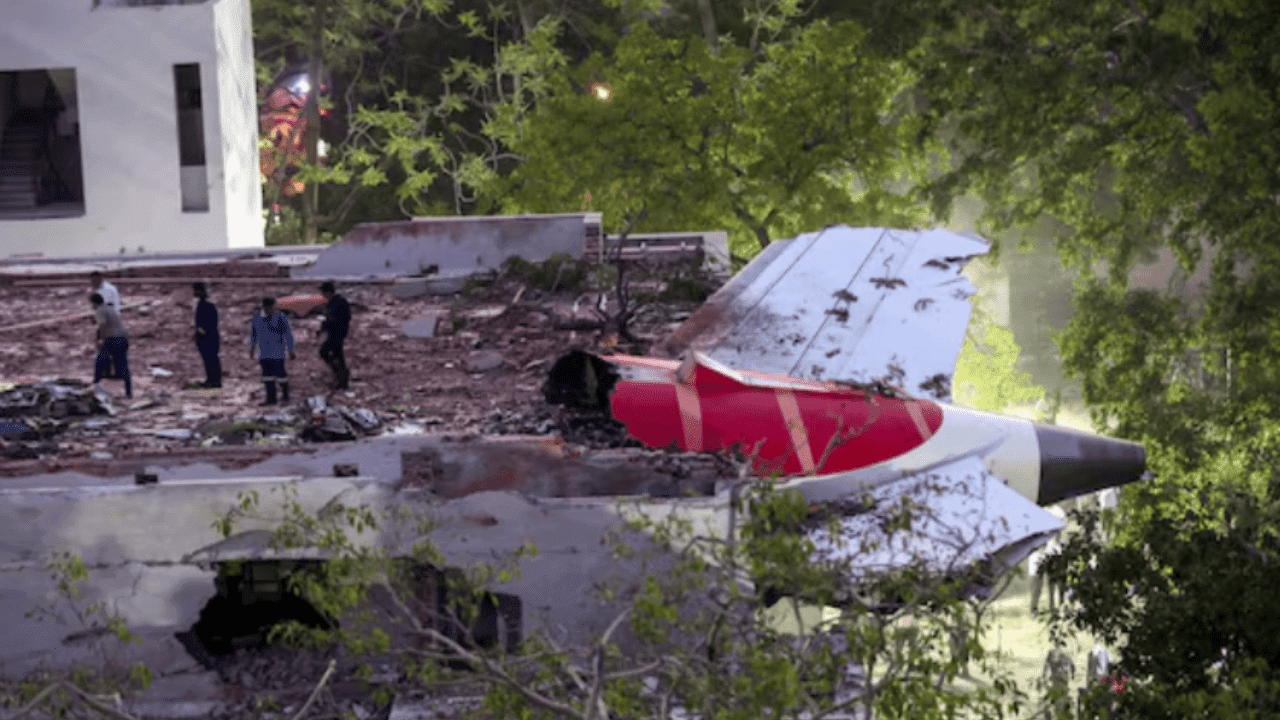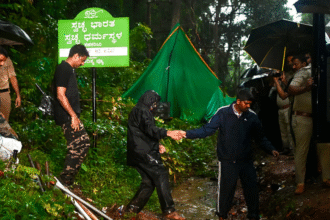The tragic Boeing 787 Dreamliner crash on June 12, which claimed the lives of 270 people, has shaken India’s aviation sector and sparked global concern. The aircraft, registered as VT-ANB and operated by Air India, was en route from Dubai to New Delhi when it went down near Jaipur shortly after entering Indian airspace.
Where the Investigation Stands Now
The Ministry of Civil Aviation confirmed that both black boxes—the Cockpit Voice Recorder (CVR) and Flight Data Recorder (FDR)—have been successfully recovered. According to official updates on June 19 and June 26, the memory module of one black box was accessed and the data was downloaded on June 25.
However, aviation authorities including the Directorate General of Civil Aviation (DGCA) and the Aircraft Accident Investigation Bureau (AAIB) have not yet released the preliminary report or responded to detailed media queries.
What to Expect From the Preliminary Report
Sources suggest that the preliminary report on the Boeing 787 Dreamliner crash will likely not provide a final cause but will include crucial insights such as:
- A timeline of the flight’s final minutes
- Cockpit conversations recorded in the final moments
- Pilot control inputs and aircraft response
- System data from the aircraft
- Weather conditions and ATC communications leading up to the crash
These details are expected to shed light on whether the aircraft suffered from a mechanical issue, pilot error, or external disruption.
Air India’s Statement and Aircraft Maintenance History
Air India has maintained that the Dreamliner involved had a clean maintenance record. Here are the details shared:
- The aircraft had completed its major maintenance check in June 2022, and the next was scheduled for December 2025.
- The right engine had been overhauled in March 2025, while the left engine underwent an inspection in April 2025 in accordance with the manufacturer’s protocol.
- Captain Sabharwal, who was piloting the aircraft, had logged over 10,000 flying hours, underscoring Air India’s confidence in the crew’s competence.
Broader Impact on Indian Aviation
The crash has had a ripple effect on aviation operations and safety protocols:
- The DGCA ordered enhanced safety inspections across all Boeing 787 Dreamliners operated in India.
- Air India announced a temporary reduction in both domestic and international flights, citing a shift in focus toward fleet stability and passenger safety.
This proactive approach is intended to restore confidence among passengers and the global aviation community.
Global Attention on Boeing 787 Dreamliner Operations
As the investigation deepens, aviation authorities worldwide are closely monitoring the findings. Any evidence of mechanical or systemic flaws could have major implications for the global Boeing 787 Dreamliner fleet.
Given Boeing’s history of safety-related scrutiny, especially following the 737 MAX tragedies, this incident has once again brought the American aircraft manufacturer under the global safety lens.
Conclusion
The Boeing 787 Dreamliner crash remains one of the most significant aviation tragedies in recent Indian history. With families awaiting answers and the aviation industry seeking clarity, the upcoming preliminary report will be critical. While it may not reveal the root cause, it is expected to offer vital data that will shape further investigation.
Until then, the world watches and waits.






